This post has been sponsored by Lustau. The following message is intended for those 21+. All opinions expressed are my own. Please enjoy responsibly.
If you aren’t familiar with Vermouth, you are almost certainly familiar with what makes Vermouth famous. Such cocktails as ‘The Martini,’ ‘The Americano,’ ‘The Negroni,’ and ‘The Grand Manhattan,’ all feature vermouth as a key ingredient. A fortified wine, Vermouth is also delicious on its own or on the rocks. Today, we’re featuring a dry vermouth courtesy of Lustau.
In this review, we will be covering a little of Vermouth’s backstory, after which we'll talk about how to spot quality vermouth, and of course, I’ll be reviewing Lustau’s Dry Vermouth.
Now, without further delay, let’s get tasting.
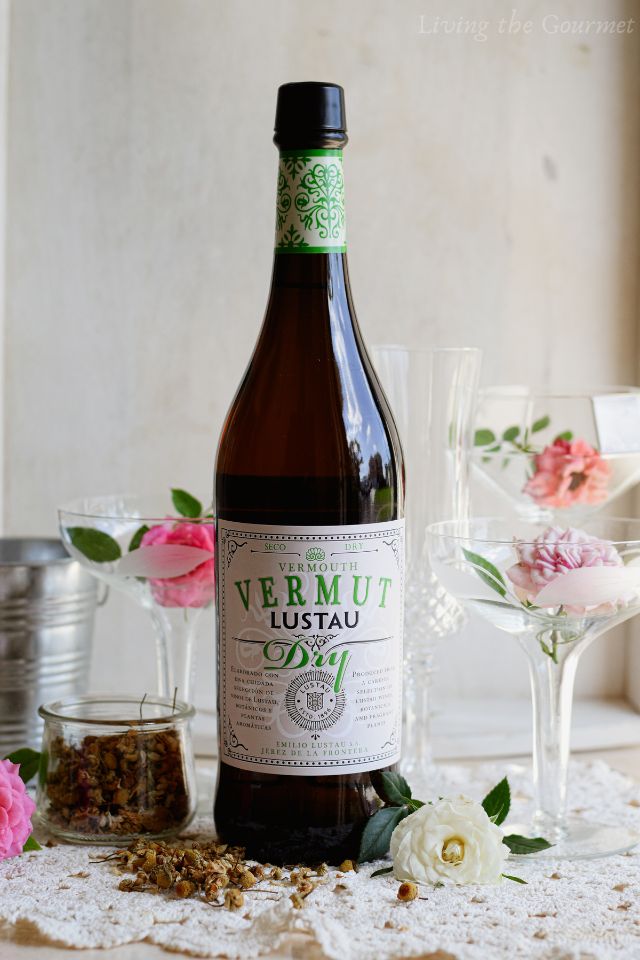
Vermouth – From Ancient Roots to Modern Vogue
Okay, but what is vermouth? Where does it come from? And what is its story? For the answer to those questions and more, read on.
- Ancient Roots: People have been infusing wine with herbs likely since the invention of wine itself. However, we know for certain that the Ancient Greeks and Romans infused their wine with botanicals that were believed to have medicinal properties.
- In the Name: Vermouth takes its name from a key botanical – wormwood. In fact, the name ‘vermouth’ is derived from the French mispronunciation of the German ‘wermut,’ meaning ‘wormwood.’ This key ingredient, during the late 1700s, was believed to aid in digestion.
- Italian origins: Recognizably modern vermouth wouldn’t appear until the close of the 18th century in Italy. Antonio Benedetto Carpano, a distiller from Turin, is credited with the invention – and commercialization – of the first recognizably modern vermouth. His vermouth, which today would be classed as sweet, gained instant success across the peninsula.
- Expansion in France: France would go on to become a key player in Vermouth production and popularization, particularly in Chambéry, where dry vermouth became the preferred style. This French-style vermouth, typically lighter and less sweet, gained wide commercial success, especially as a cocktail ingredient.
- Golden Age of Cocktails (Late 19th–Early 20th Century): From that point forward, Vermouth became a cocktail staple, playing the role of key ingredient across a variety of classic cocktails, such as the Martini, Manhattan, and Negroni, during the cocktail boom of the late 19th and early 20th centuries.
- Decline and Revival: After the First World War, however, tastes shifted away from fancy cocktails to simpler drinks and spirits, a trend that would continue to the latter half of the twentieth century. Over the last two to three decades, however, during what some have coined the “Cocktail Revival,” during which there has been a rediscovery of classic aperitifs, we’ve seen a wide resurgence of interest in, and appreciation for, Vermouth.
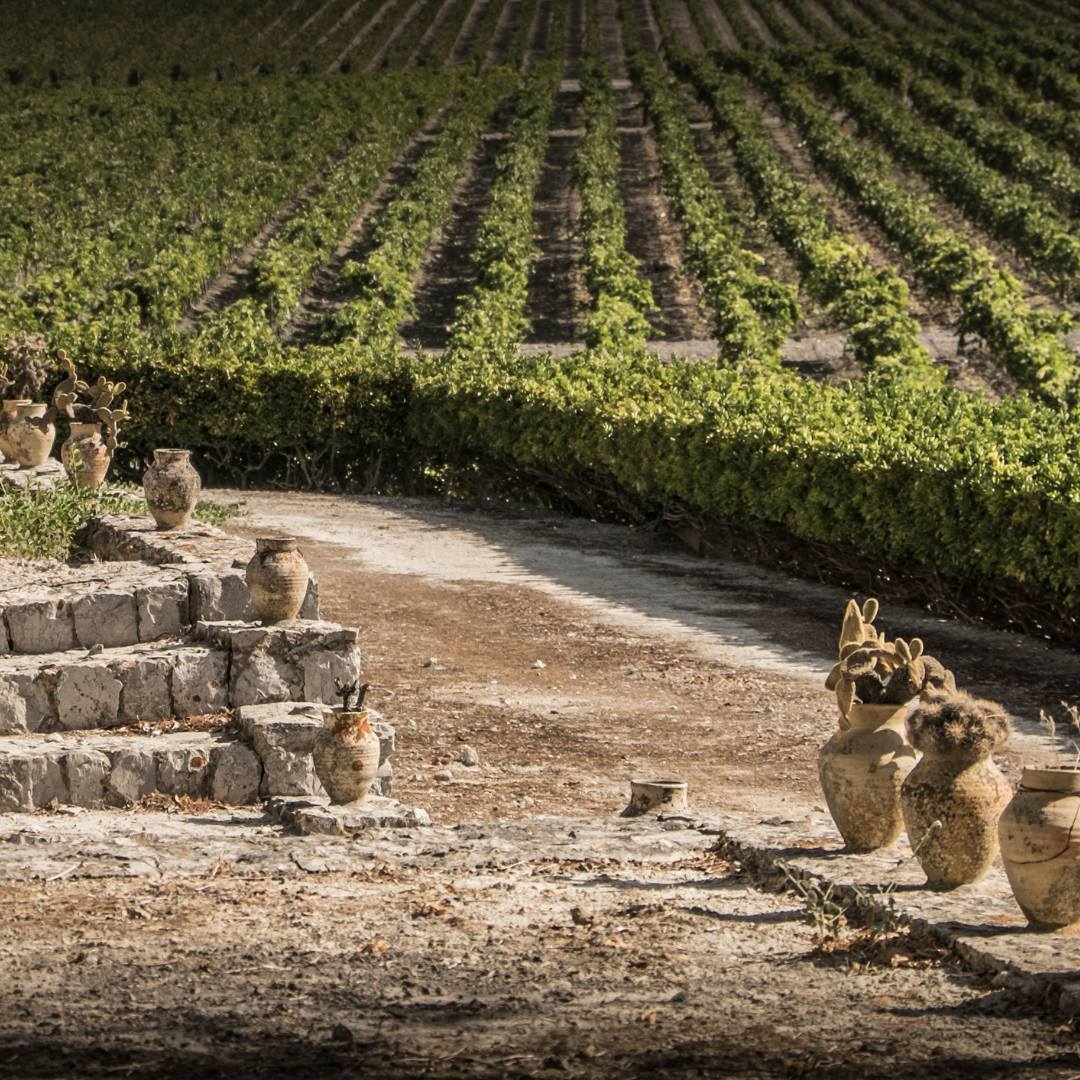
The Bottle – A Showcase
Today, we’re featuring a bottle of Lustau’s Dry Vermut.
The Review – Lustau Vermut Dry
The vermouth greets with a bouquet of herbal aromatics, especially fresh thyme and tarragon, with something citrusy lingering in the background. On the palate, the vermouth is instantly, almost parchingly dry, but comes through with rich herbal notes that are both savory and just a hint spicy. These herbal notes are mixed with hints of something citrusy and perhaps just a tad tart, a mix of green apples and chamomile, with a grounding savoriness that prevents me from describing the profile as ‘tropical.’ Mixed herbs round out the finish, creating an experience that’s thoroughly enjoyable from the first sip to the last drop.
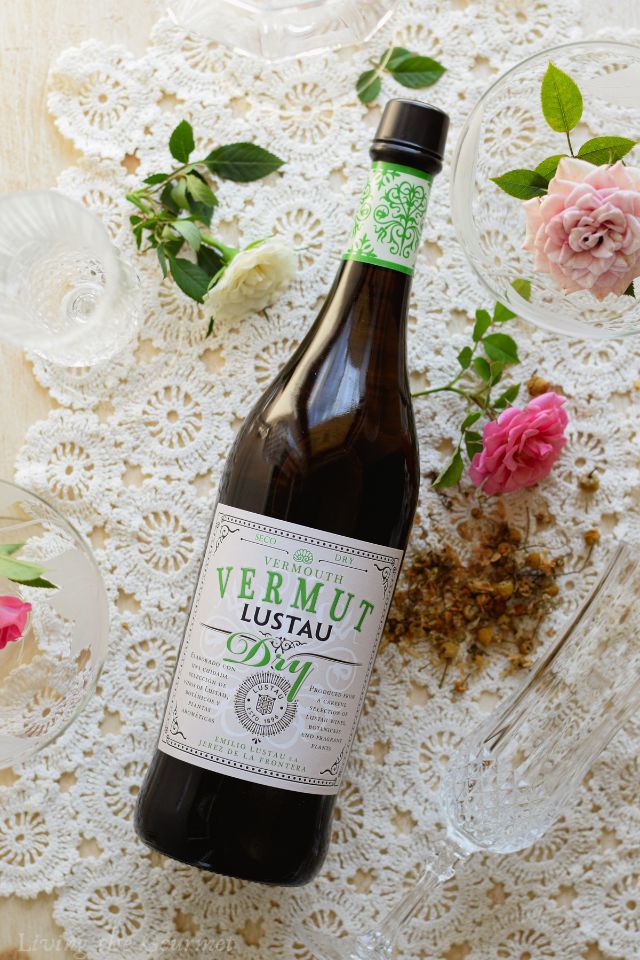
Vermouth – How to Spot Quality
A good vermouth is defined by the balance, complexity, and quality of its ingredients, which combine to create a versatile and flavorful fortified wine. Here's what makes vermouth stand out:
- Base Wine Quality – Because Wine is Wine
- Vermouth begins its life as ‘regular’ wine – usually white wines (even for red or sweet vermouths). Thus, the foundation of any vermouth lies in that base wine. While the idea of fortifying a quality wine might make amateur connoisseurs recoil, there is no escaping that good vermouth starts with a high-quality base wine. These base wines, however, need to be both clean and (relatively) neutral in flavor, to allow the botanicals to shine without the wine overpowering or contradicting them. In other words, think of this as pairing a good quality wine with good quality botanicals. Thus, when looking for a good Vermouth, search for those that start their lives as decent wines.
- Blending Flavor – The Right Botanicals
- Without the right mix of herbs, spices, and botanicals, Vermouth is ‘just’ wine. The most widely used ingredients for Vermouth include wormwood (actually required for vermouth, by definition), citrus peel, chamomile, cloves, coriander, and cinnamon. How well-made, or not, a vermouth is depends almost entirely on achieving the right blend of these – and other – ingredients. Harmony and balance are often considered key points here, with no single ingredient dominating the palate. It is also often said that achieving a balance between sweet, bitter, and aromatic is crucial – although certain vermouths will, naturally, lean more heavily on one or more of these pillars. This brings us nicely to my next point…
- Hitting the Sweet Spot – On Sweetness and Acidity
- There is sweet vermouth and there is dry vermouth. However, whether sweet or dry, good vermouth must have the appropriate level of sweetness for its style, and this sweetness must be balanced by an appropriate level of acidity. While ‘fruit bomb’ wines, with positively sky-high levels of sweetness, can be enjoyable, and while bone-dry wines certainly have their fans and have accrued their fair share of awards and accolades, balance in vermouth is key. The sweetness should never be cloying, but instead should be balancing out background bitterness, framed in a lush bouquet of herbal notes. On the opposite end of the spectrum, dry vermouth should lean away from pronounced bitterness, and instead find its stride in a crisp, tart profile, and leave richer, more indulgent flavors for its sweeter counterparts.
- Alcohol and Fortification
- Fortifying a wine means adding alcohol, often in the form of brandy or flavor-neutral spirits. As vermouth is a fortified wine, that means vermouth contains added alcohol on top of its base wine alcohol content. A good vermouth will see its added alcohol well-integrated, meaning that this added alcohol should enhance the overall body and texture of the wine, without overpowering the drink, and without this added alcohol coming through as notes of ‘ethanol’ – which is often the case in lower quality fortified wines.
- To Sum Up – Versatility and Balance
- Overall, a good quality vermouth should be able to be enjoyed on its own or ‘neat.’ It should also be able to be the star of the show in cocktails. It should shine through with a balanced flavor, and rich and textured body, and above all, it should be thoroughly enjoyable as a standalone aperitif. It should be instantly complex, but remain approachable through its complexity, inviting second sips with lush aromatics, and then rewarding imbibers with a well-structured and lasting flavor profile.
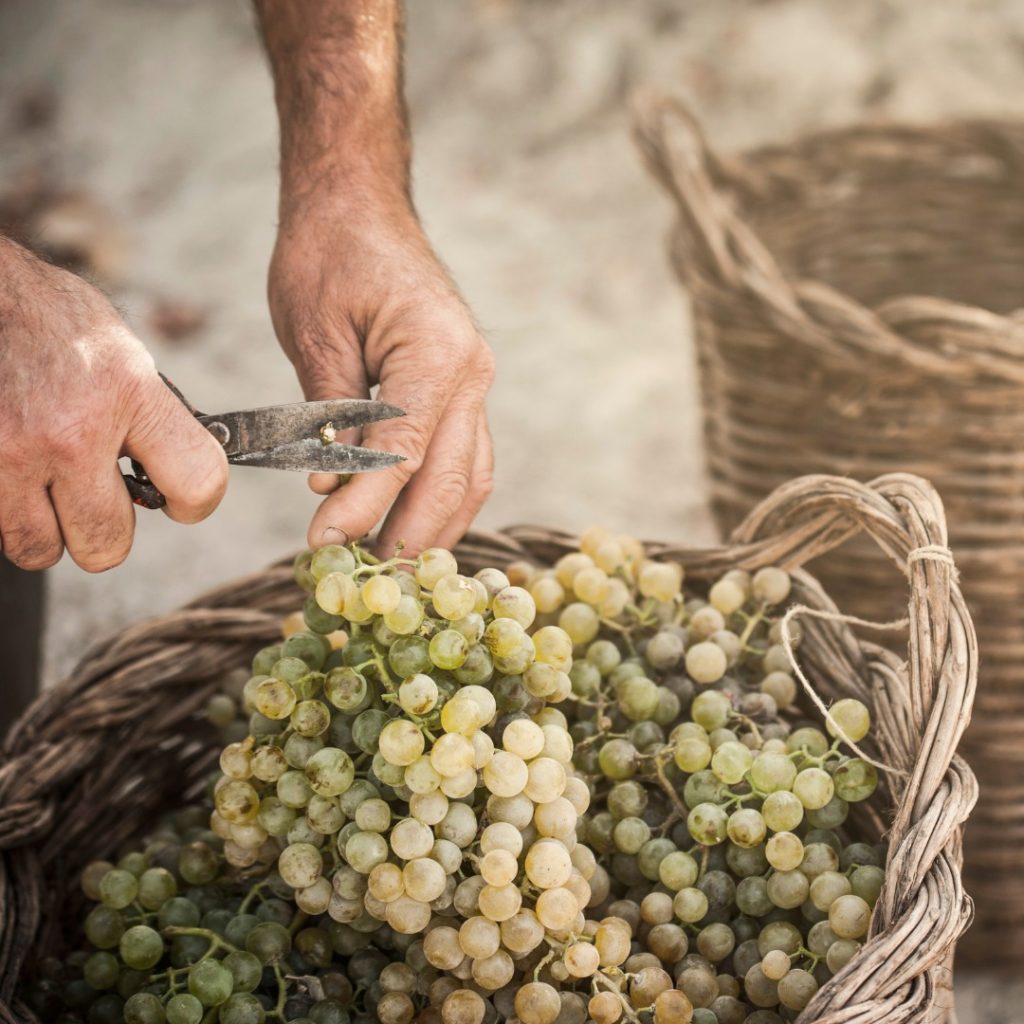

And that’s our review. If you enjoyed today’s feature, or have any questions or suggestions, be sure to let us know in the comments below. We always love hearing from you!
Cheers!
2
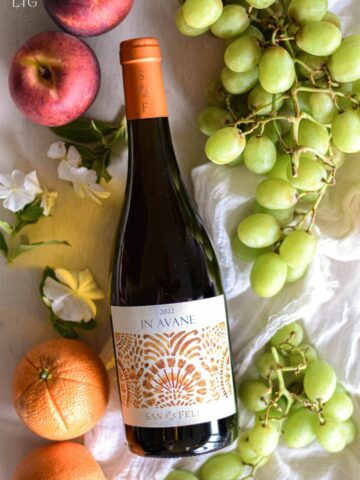
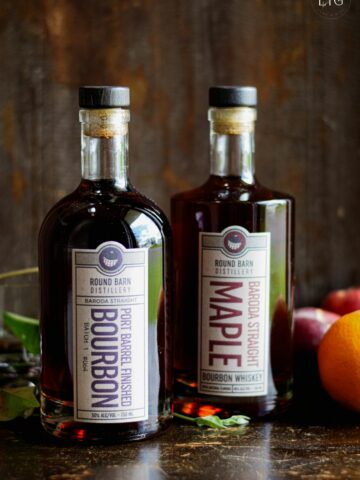

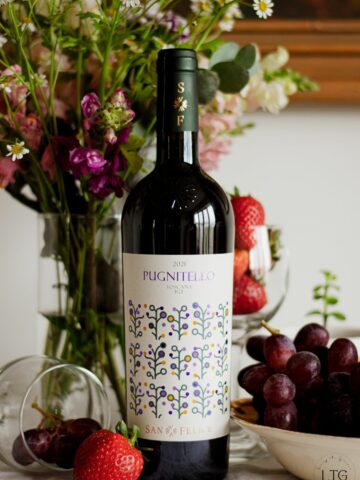
Leave a Comment